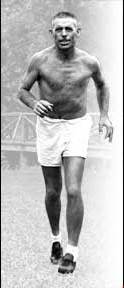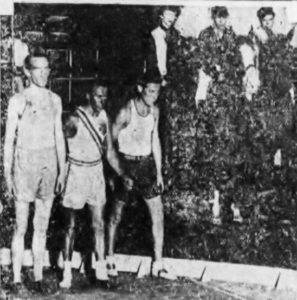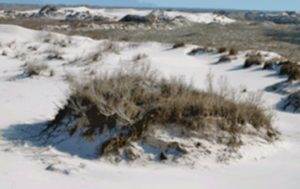Podcast: Play in new window | Download (Duration: 18:39 — 29.7MB)
Subscribe: Apple Podcasts | Google Podcasts | Spotify | Amazon Music | Android | Pandora | iHeartRadio | JioSaavn | Podcast Index | Email | TuneIn | RSS | More
By Davy Crockett
![]()
![]()
![]()


Paul Simpson was born in 1904. When he was a child on the family farm, he had to do the shopping. The nearest store was two miles away. Instead of walking, he ran the four miles to and from the store. He said, “I couldn’t see the point in wasting time walking the distance so I just dug my toes into the hot sand and ran the entire distance.” He began running regularly at age fifteen and won a mile race in high school.
| Please consider becoming a patron of ultrarunning history. Help to preserve this history by signing up to contribute a little each month through Patreon. Visit https://ultrarunninghistory.com/member |







